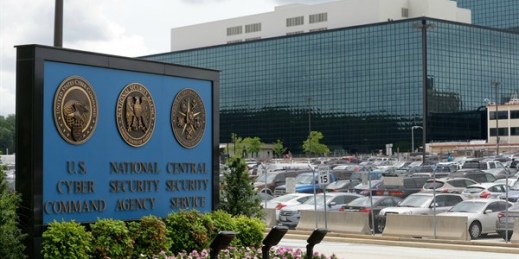
Before his arrest, Virgil Griffith had a reputation as a “cult hacker,” a “tech-world enfant terrible.” A 2008 profile in The New York Times Magazine, published when he was 25, called him the “Internet Man of Mystery,” and cast him as “a troublemaker … A twerp. And a magnet for tech-world groupies,” drinking White Russians and “revel[ing] in the attention of his female fans.” Griffith had become notorious the year before, when he launched WikiScanner, a website that used IP address databases to expose the anonymous editors of Wikipedia entries. The site’s release brought on a wave of news coverage, […]

